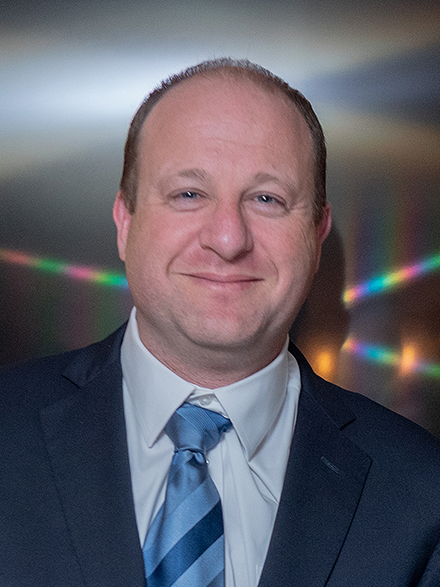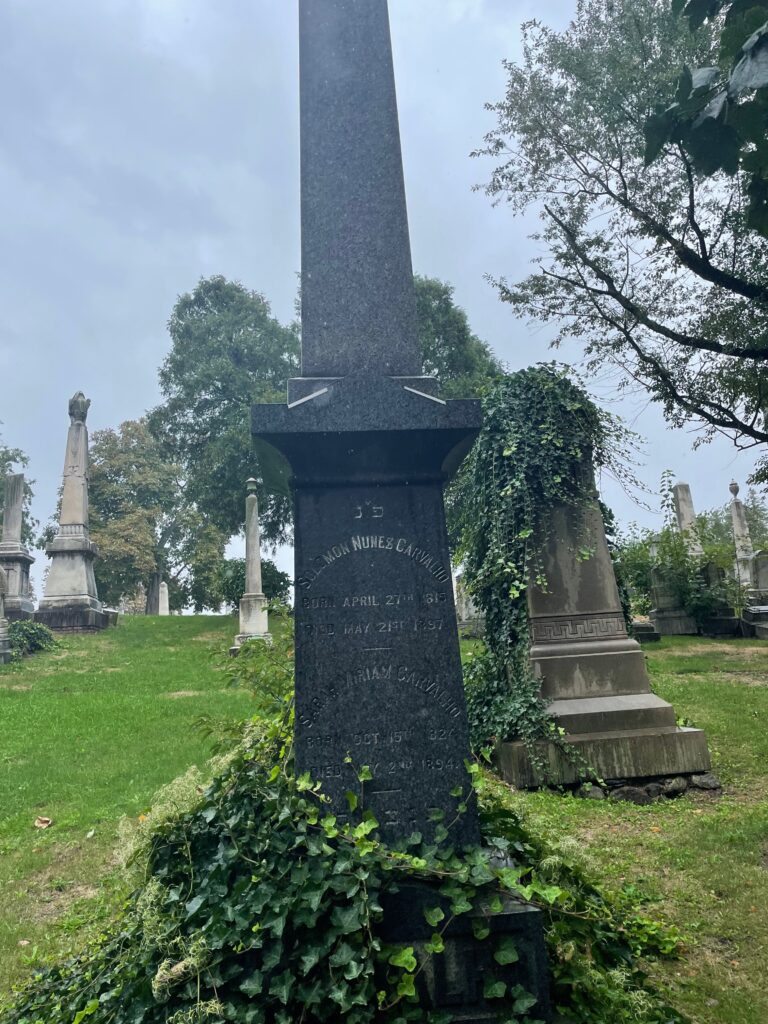Posted by Tristan Beiter
http://strangehorizons.com/wordpress/non-fiction/dream-of-the-bird-tattoo-by-juan-j-morales/
http://strangehorizons.com/wordpress/?p=55520
 The parental elegy collection is practically a genre all to itself, a longstanding tradition of poetic writing that ranges across a wide variety of tones, styles, and perspectives. [1] Juan J. Morales’s Dream of the Bird Tattoo is firmly in this tradition, taking it up in honor of his father. Morales’s “poems and sueñitos” (little dreams)—as the title page declares the collection—are tender, thoughtful, and irreverently serious. Love is palpable throughout the volume, even in those poems that take on the world most directly, and seem to have the least to do with the familial context which organizes the book, such as “20,000 Pallets of Bottled Water Left Untouched in Storm-Ravaged Puerto Rico,” which addresses the FEMA supplies still undistributed a year after Hurricane Maria ravaged the island. Grief (and anger) as expressed in this poem—which, in contrast to its setting, is searing the way frostbite is searing, direct, and matter-of-fact—is motivated by the same ethos of care that motivates the fondest reflections on Morales’s father, like in “Grandpa Money.” In this way, the collection highlights the dynamics of loss at the personal level but also the ways in which they interact with systems of race, class, and governmental status.
The parental elegy collection is practically a genre all to itself, a longstanding tradition of poetic writing that ranges across a wide variety of tones, styles, and perspectives. [1] Juan J. Morales’s Dream of the Bird Tattoo is firmly in this tradition, taking it up in honor of his father. Morales’s “poems and sueñitos” (little dreams)—as the title page declares the collection—are tender, thoughtful, and irreverently serious. Love is palpable throughout the volume, even in those poems that take on the world most directly, and seem to have the least to do with the familial context which organizes the book, such as “20,000 Pallets of Bottled Water Left Untouched in Storm-Ravaged Puerto Rico,” which addresses the FEMA supplies still undistributed a year after Hurricane Maria ravaged the island. Grief (and anger) as expressed in this poem—which, in contrast to its setting, is searing the way frostbite is searing, direct, and matter-of-fact—is motivated by the same ethos of care that motivates the fondest reflections on Morales’s father, like in “Grandpa Money.” In this way, the collection highlights the dynamics of loss at the personal level but also the ways in which they interact with systems of race, class, and governmental status.
Poetically, the most striking element of the book for me was the use of the prose poem. The volume is dense with short, square, and rectangular prose-poetic units, making up a large portion of the page- and word-count of the book. All of the poems with titles of the form “Dream of [X]” (or other similar dream titles), and all of the “Excerpt[s] from Shit My Puerto Rican Father Said,” are prose poems. Both of these sequences use their shared structure to anchor the book, returning to either the impossible world of dreams or an absolutely direct realism of memory. Take, as an example, one of the few places where these two groups of poems meet directly. Around the center of the collection, an “Excerpt from Shit My Puerto Rican Father Said” appears between “Dream of Hungry Crabs” and “Dream of the Ladybugs.” “Excerpt” here concerns a story where “[d]uring a visit home, Father asked me if I wanted a Puerto Rican omelet.” Baffled, the speaker requests clarification. The father explains that all his omelets are Puerto Rican because he is: “What the hell else am I supposed to call it when a Puerto Rican makes you an omelet?” Bold, blunt, even prosaic, this little poem creates a sense of the immediacy of memory, the way reminiscence invokes the rhetoric of fact. It’s like a worry stone kept in one’s pocket—absolutely real, and capable of bringing you back into the living present through the solidity it carries. All the “Excerpt” poems carry this quality. They are direct, tangible, dare I say immediate, even as they are, without exception, framed from the moment of their title as recollections and reminiscences. It is the reality of the memory they convey with their declarative sentences and squat forms.
On the other hand, the dreams are dreams. “Dream of the Hungry Crab” echoes the “Excerpt” that follows it by figuring a conversation about food and hunger in the presence of crabs which are emerging, impossibly, from a sandbox. After the crabs eat, the speaker raises a question, and the response of the old man in this poem is as matter-of-fact as the father’s in that “Excerpt”; but the tone of the poem is very different: “He laughs like the sea spitting out a whale. Lipping one of the tiny holes with his big toe, he then asks, ‘How can you still be hungry after that?’” The embrace of simile and metaphor is not precisely where the dream-logic and the possibility of the fantastic come to life here, but nonetheless this image, at once highly specific and totally impossible, characterizes the dream as a dream.
“Dream of the Ladybugs,” on the other hand, has fewer obvious similarities to the “Excerpt” it abuts, but it too shares this tone. To this speaker, ladybugs are “like bubbles or orange fire,” are “gliding toward me like flower blossoms bursting.” Magical and unreal, the language of the dream thus draws out the web of connections that animate the sleeping world with its own impossibilities, even as both “Dream of the Hungry Crab” and “Dream of the Ladybugs” are written largely in squat blocks of declarative statements.
Yet, these three poems appear, on the page, very similar. By emphasizing in both of these strands of the volume the poems’ shared structure of the dream and the “excerpt,” by leaning into the block of prose text and the visual signifiers of prose forms—declarative sentences, quoted dialogue, the paragraph rather than the stanza or the line—Morales allows them to balance each other, grounding the collection. Not only the blunt reality of life remembered but also the post-death dreamscapes of loss serve as the ground on which grieving can occur. Without both, the book (and, the form seems to say, the grieving individual) would be left unmoored, subject to the currents of uninterpretability and the failure of meaning, either in the form of bare facts or unconscious abstractions. By choosing the shared form of the prose poem to convey the link between the facts and the dreams, Morales is able to highlight the blocky everydayness of life after loss alongside the necessity of imagination in beginning to move forward. The mundane and the fantastic are the same kind of thing, aesthetically and formally speaking: prose blocks that anchor and support the verse poems that spread throughout the collection. The duality of the prose poem in Dream of the Bird Tattoo creates an artistic unity which is specifically built on revealing the echoes between the everyday and the impossible, in order to make grief apprehensible.
The verse poems, then, act as the elaborations, the movement, of the volume. They are ships anchored by, and spires built on, the prose. Although this image is echoed by the refrain structure and image of waves in “The Waves, or Las Olas”—as the waves, in both English and Spanish, lap up against the search for meaning and its “private ceremony that I wish I could hold / for him every day that drives me deeper than grief / and into the sea full of its waves and olas”—the functioning of the verse poems is best encapsulated by “The Medium Speaks of Birds.” This poem, in seven numbered sections, is formally expansive, making multiple approaches to structure and lineation across its distinct parts. Narrating an encounter with a medium who claims to know how the speaker’s deceased father will contact him in the upcoming months, the poem is energized, using its varied lineation as a force, like the deer seen in part one which—after being interpreted as a symbol “of an electric witching hour” (electric as in exciting or electric as in technological? The poem allows us to sit in the uncertainty)—“spooks / toward the graveyard.” The lines are pitted with all manner of indentations, as if to mirror the leaping animal itself. The poem insists on its use of space, expanding outward, knowing that the prose poems will ensure it has a connection to the grounded core of the book, even as the medium mixes truth and error, as in part five of the poem. There, the medium calls out visions as the speaker records their accuracy:
“Have you seen a strange new bird? Maybe it flew into your house” (Miss)
“Did he die in February?” (Hit)
“Have there been any birds on your windowsill?” (Miss)
“Okay. Look for it in the next day or so. You’ll see.” (. . .)
As the medium elaborates the world of the visions, even though some of the visions are “misses,” that supernatural world expands across time and space in the reader’s experience of the poem, visually filling up the page and resisting compression into the realist rhetoric of facts and reporting. Yet as the world expands, the feeling of chance as the source of the medium’s successes shrinks, eventually arriving at the uncertain response to “You’ll see.” In that moment, we (and the speaker) believe that we will “see” the bird (perhaps the bird of the bird tattoo of the title) and come to realize connection across loss. In this moment, the medium’s potentially supernatural reality becomes the dominant affective mode of part V of the poem. This highlights the possibility of spiritual connection even as the poem’s elaborated metaphors through the other four sections and constructed images emphasize doubt and uncertainty. The book’s reality-forward formal choices have insisted on a feeling of groundedness that even the space-filling, white-space-dominant part V of the poem, with its resistance to the density of prose, cannot remove. Instead, the verse animates the world that the prose so insistently manifests, bringing movement, uncertainty, and possibility into the space of honesty, directness, and even bluntness that characterizes the broader poetics of grief.
And the book, in the end, brings it all together. The final poem, “Dream of the Bird Tattoo,” captures the breath of living within and through loss. In a dream of the father, “the swallow climbed off his shoulder as a green phoenix made of neon light. It shook its wings and told me ‘This is the bird you are looking for,’ before flying out of the dream and waking me, just like sunrise.” In the end, a strange bird is figured as the final message of the father; the grounding prose and the shifting verse come together in a final dream that, “just like sunrise,” marks the possibility of the further future. Dream of the Bird Tattoo depicts the interplay of the personal and the social in its vision of grief for a parent, and it does so movingly and with powerful softness. It is in the structure, though, where the collection really shines, using the speculative frame of the dream to unfold the possibilities of the prose poem as a means of thinking through the world in which we live and write.
Endnotes
[1] Examples include LaTasha N. Nevada Diggs, Village (2023); Holly Lyn Walrath, Numinous Stones (2023); Todd Dillard, Ways We Vanish (2020); Tracy K. Smith, Life on Mars (2011); Agha Shahid Ali, Rooms are Never Finished (2001); and Kimiko Hahn, The Unbearable Heart (1995). These are just a few examples by poets whose work I know, nowhere near an exhaustive list of such works, and these books are not only elegies for parents. All of them, however, deal at least in part with the loss of a parent and a complex suite of attendant emotions. Many of them, like Dream of the Bird Tattoo, are engaged with questions of place and race, and the treatment of Kashmir in Rooms are Never Finished particularly resonates with that of Puerto Rico in Dream of the Bird Tattoo. [return]
http://strangehorizons.com/wordpress/non-fiction/dream-of-the-bird-tattoo-by-juan-j-morales/
http://strangehorizons.com/wordpress/?p=55520



















